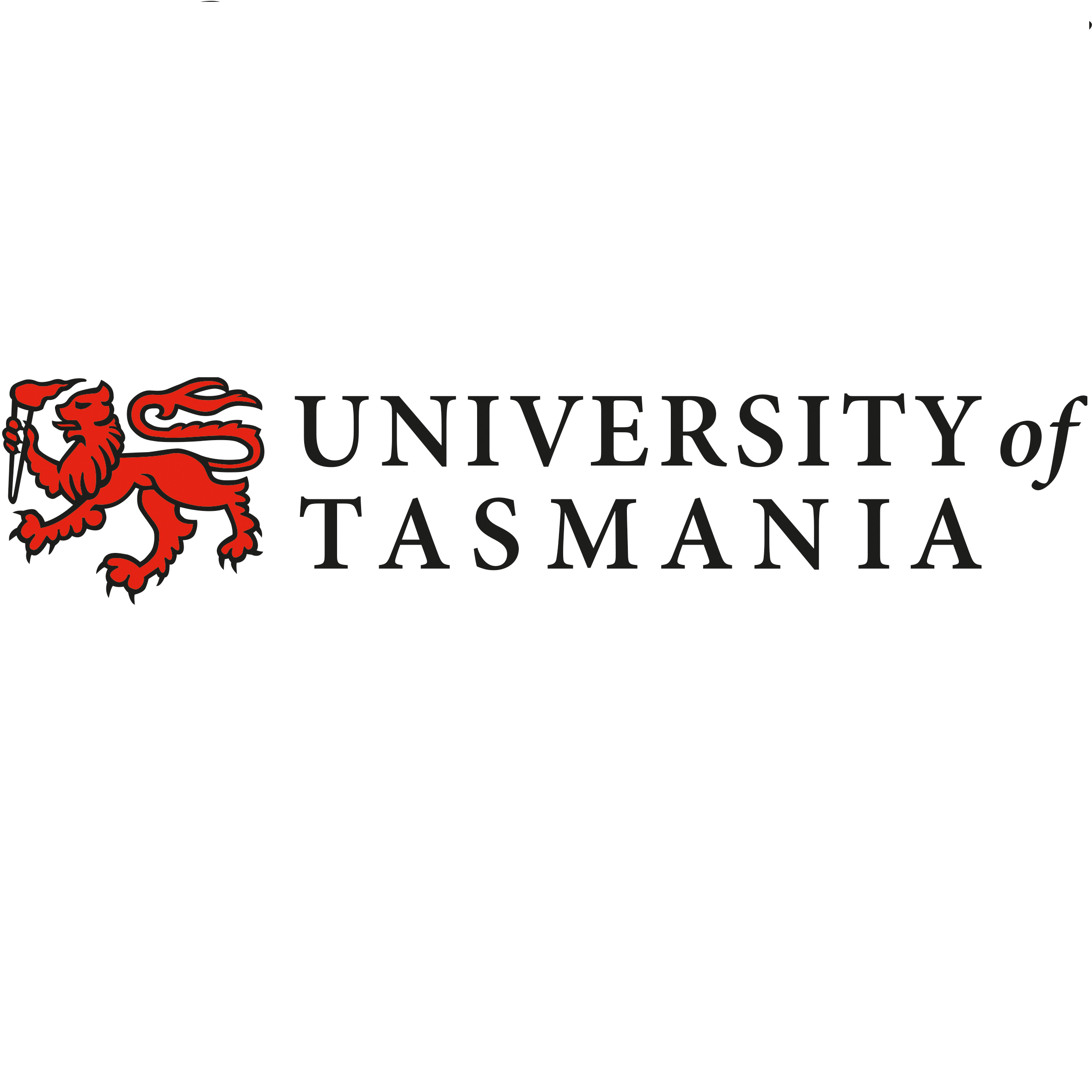Full description
The primary goal of this trial was to identify best-practice methods (interventions) for restoring burnt pencil pine (𝘈𝘵𝘩𝘳𝘰𝘵𝘢𝘹𝘪𝘴 𝘤𝘶𝘱𝘳𝘦𝘴𝘴𝘰𝘪𝘥𝘦𝘴) stands. We selected five study sites in the Lake Mackenzie area. We sought to develop methods to rehabilitate burnt Pencil Pine stands (not create new stands) and hence targeted areas with fire-killed Pencil Pines. We selected three sites burnt in the 2016 fires (Burnt sites henceforth) and two which were not burnt in 2016, but contained dead Pencil Pines from the 1960’s fires (Unburnt sites henceforth). We chose sites which were relatively accessible and which captured environmental variability. Sites did not have formal boundaries or fixed size; they were simply a tool to achieve geographic spread.Data time period: 2018 to 2022
Subjects
Athrotaxis cupressoides |
Environmental Management |
Environmental Sciences |
Ecological Applications |
Environmental Management |
Environmental Rehabilitation and Restoration |
Fire Ecology |
Landscape Ecology |
Rehabilitation or Conservation of Terrestrial Environments |
TWWHA |
Tasmanian Wilderness World Heritage Area |
Terrestrial Systems and Management |
pencil pine |
pencil pine rehabilitation |
post-fire restoration |
User Contributed Tags
Login to tag this record with meaningful keywords to make it easier to discover
Identifiers


